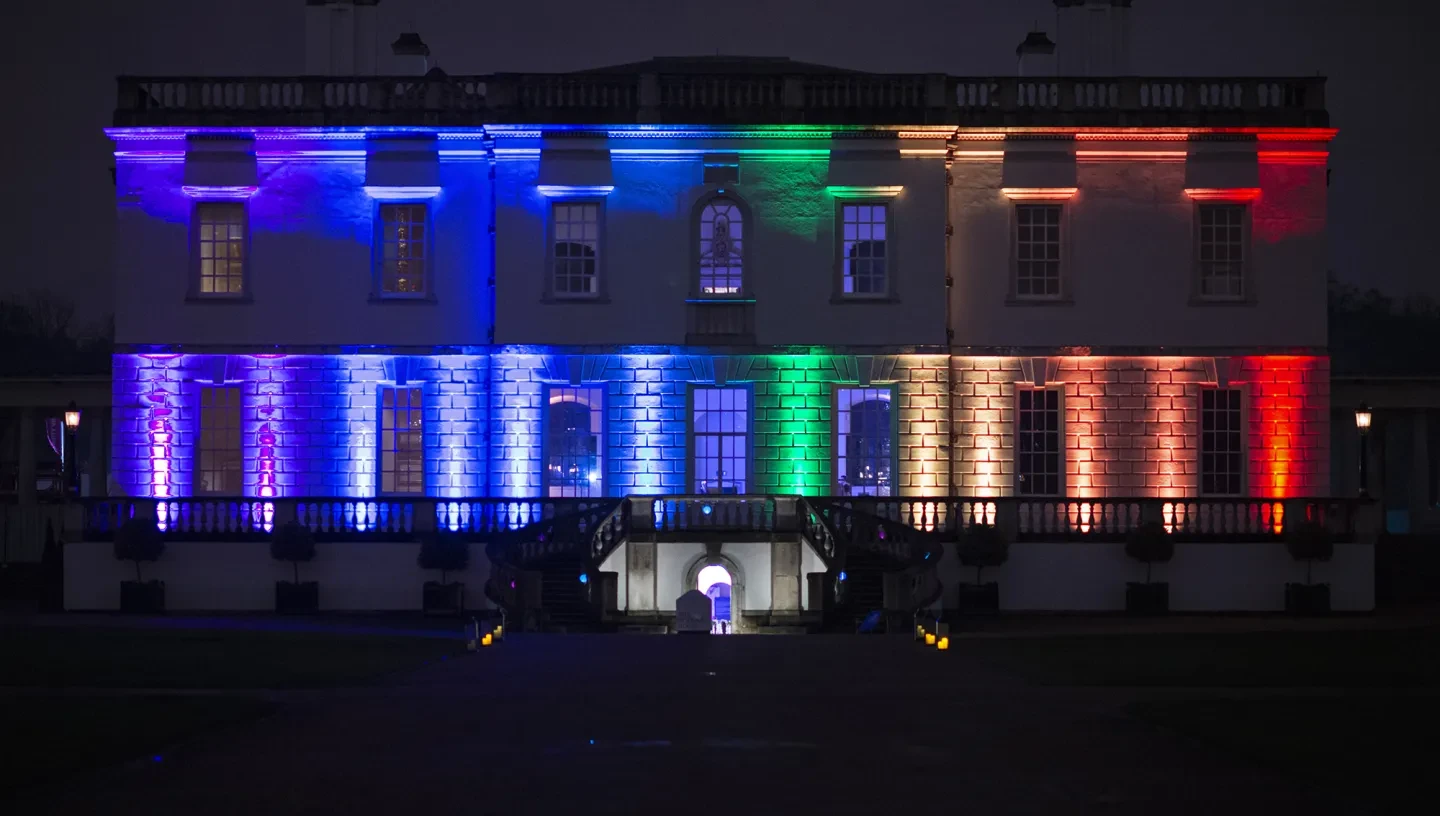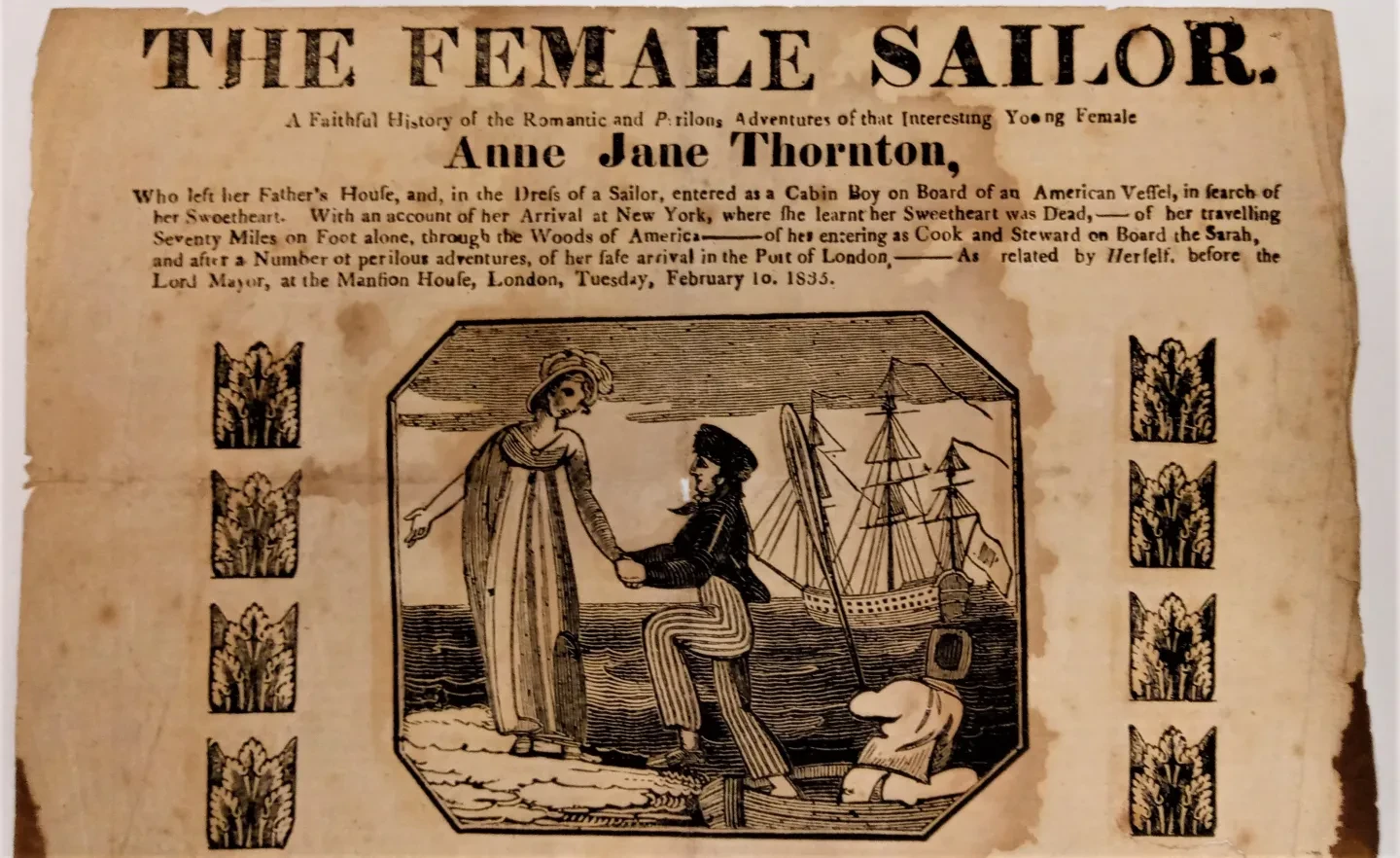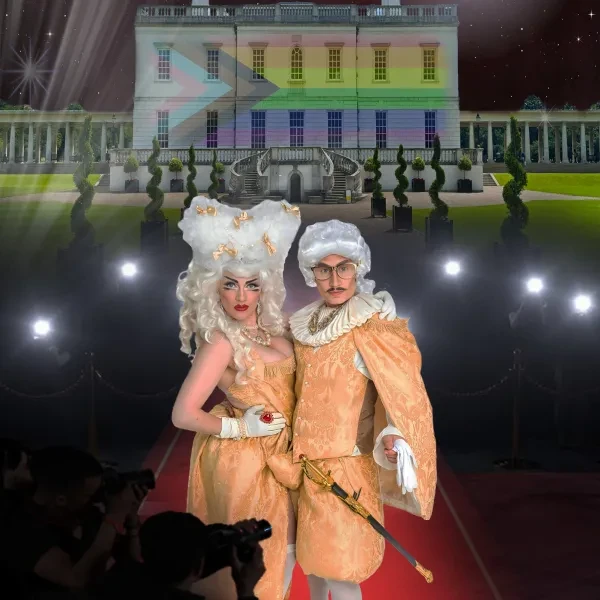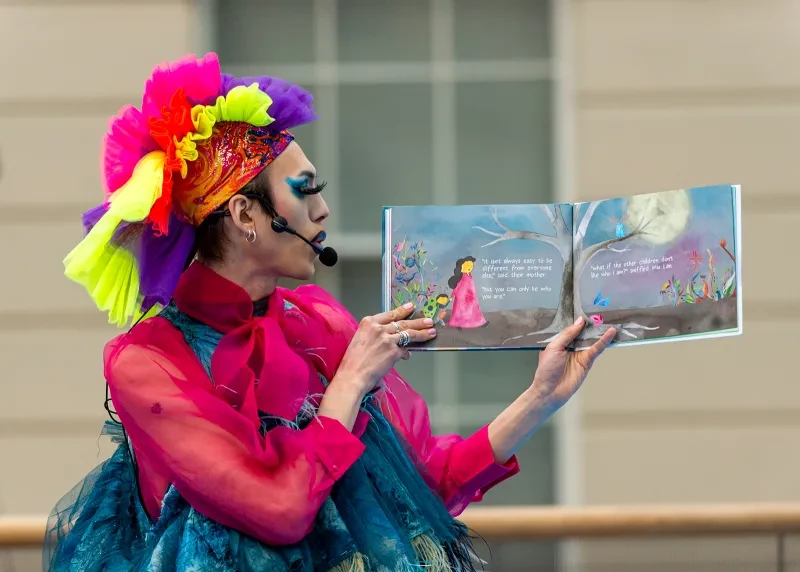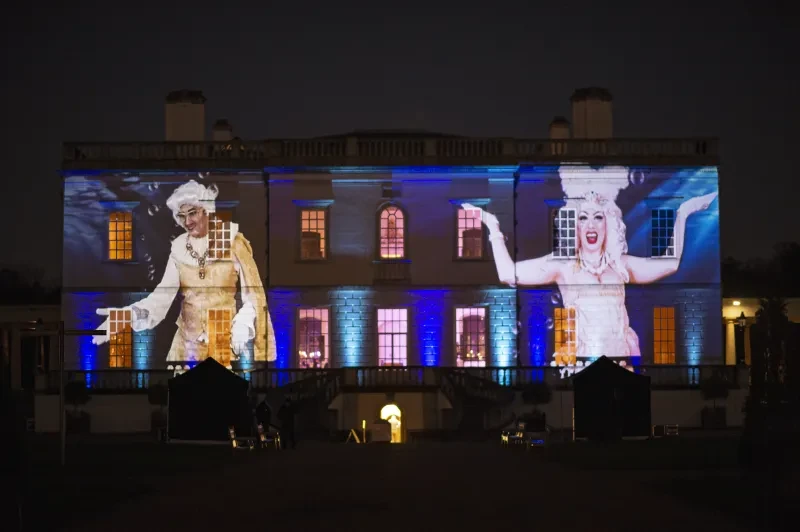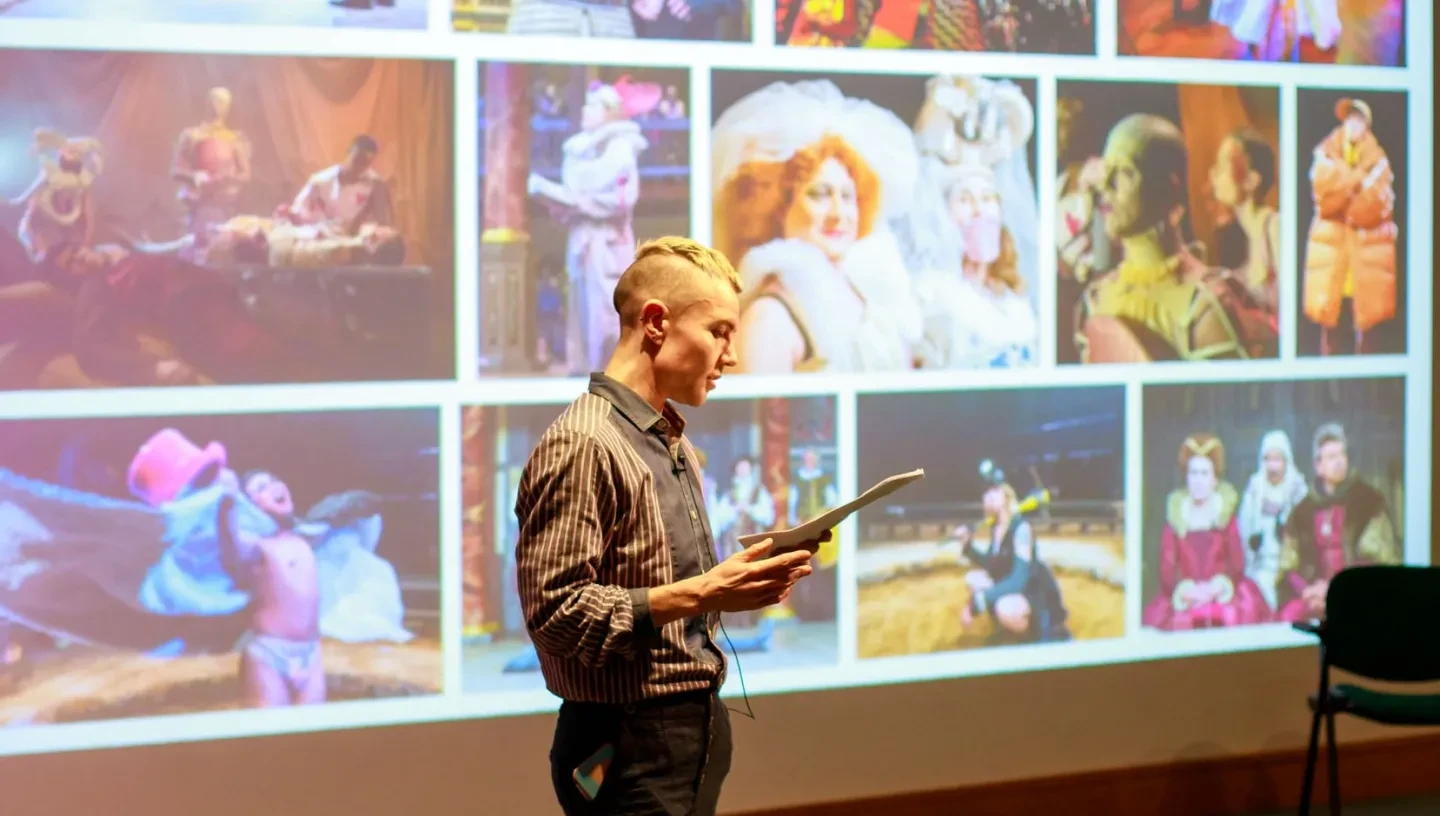
Essential Information
| Type | Talks and tours |
|---|---|
| Location | |
| Date and Times | Thursday 20 February 2025 | 18:00 - 21:30 |
| Prices | Free |
Join the Queer History Club for an evening of LGBTQ+ history at the Queen's House.
Hear from members of the LGBTQ+ community-led group to learn about their creative research methods, queering and being-queer-in the museum collections and archives.
Queer History Club is an informal, community-centred research group meeting monthly in Greenwich. If you’re interested in joining, come along and find out more. No historical expertise required. Queer passions, special interests and historical crushes very much encouraged!
This event includes BSL interpretation.
Talks schedule
Learn more from the speakers about the subjects covered this February. All talks will be held inside the Queen's House.
Gender piracy
E.M. Parry, one of the original co-facilitators of Queer History Club, returns to introduce their current work with the National Maritime Museum: creating an artwork for the upcoming Pirates exhibition in collaboration with Club members.
Parry’s work plays with the concept of the pirate as gender-outlaw, drawing on accounts of historical pirates who subverted contemporary constructions of gender, class, race and sexuality. In creating the piece, Parry explores how queer identity can be a collaborative process – born and built through acts of care, craft and community.
The queer history research guide
S.L. Grange introduces the new LGBTQ+ history research guide, created for Royal Museums Greenwich in collaboration with Queer History Club. As well as giving an overview of what the guide offers, Grange highlights how creative practices can help unlock new queer approaches to historical research.
Sheep at sea: uncovering hidden gendered history in the National Maritime Museum and beyond
Writer and historian Kit Heyam shares a new way of looking at museum objects inspired by 'Gendering the Museum: A Toolkit', which shows how museums contain more gender diversity (and sheep) than you could ever have imagined.
Illustrating Bonny and Read
The pirates Anne Bonny and Mary Read are famous in pirate lore – but actual evidence of their lives is scarce. Illustrator Linnea Maertens explores the stories of Bonny and Read as trans characters, and attempts to give voice to these long-dead sailors using embodied and collaborative practice.
Where the garment gapes: Female sailors and the clothes they wear
Researcher Ema Sala explores the lives of ‘female sailors’ – people assigned female at birth who sailed the sea as men, part-time or full-time, in the long 19th century.
Sala examines the clothes they wore, as they are described in primary sources such as news reports, biographies and popular ballads. By going beyond the idea of female sailors as “women in disguise”, Sala interrogates the very meaning of disguising oneself in the nineteenth century, and reflects on the way that fashion can shape societal roles and change perceptions of bodies.
‘a big wave came over’: feeling in the archive
A performance/talk by Fritha Jenkins, which explores “feeling my way into the National Maritime Museums collections and archive”.
‘Lovely Ladies’: sex work, hearsay and archives
The history of sex work can quickly become so entangled with myth and folk stories that it can be hard to tell what separates fact from fiction.
Foraying into the world of historical sex culture, artist and historian HRH Aphrodite discusses the absence of sex workers in the historical record, and how this impacts her relationship to archival research. She will also illuminate what has come out of a year of investigation into the cultural figure of ‘the Prostitute’.
‘Attitudes in development’: autoethnographic creative practice as a way into queer maritime history
Building on Emma Hamilton ‘Attitudes’ project presented during last year’s symposium, K.A. Harper discusses how they’ve expanded their methodology into practice research in music. They also look back on recent work including curating at the Bishopsgate Institute and speaking at the PERCOL (Perverse Collections) conference in Amsterdam, and look forward to future Queer History Club research plans.
Revisioning maps and images
Artist and writer Steph Morris presents his visual and creative responses to objects and documents from the National Maritime Museum’s collection, particularly historic maps, illustrations and artworks. Alongside un-documentary ‘queer’ photographs of items from the museum, he will showcase work-in-progress collages and drawings celebrating and subverting mapping and delineation.
Mapping in the margins
As Britain expanded its empire in the 18th century, London became a centre of mapmaking. Many mapmakers traded along Fleet Street, the main publishing hub in the city. Several prominent male figures dominated during this period, but less known is the role of their spouses. In some cases widows were accomplished mapmakers in their own right, and continued to run their deceased husbands’ businesses for decades.
Royal Museums Greenwich’s Curator of Maps and Mobilities Tim May discusses this gendered erasure, and sheds light on the hidden histories of objects in the Museum’s collection uncovered through queer methodologies.
